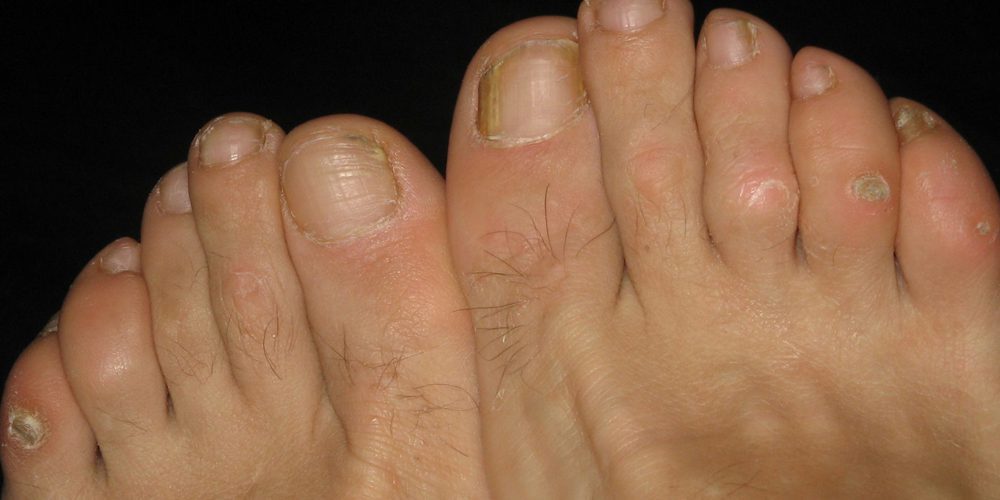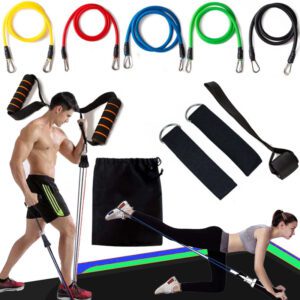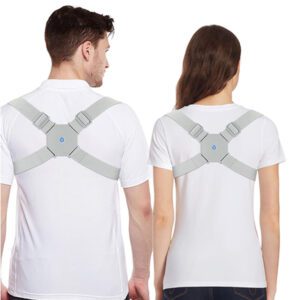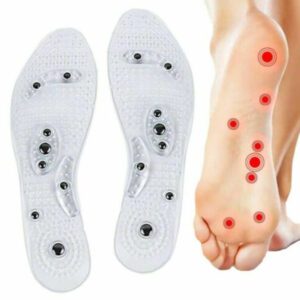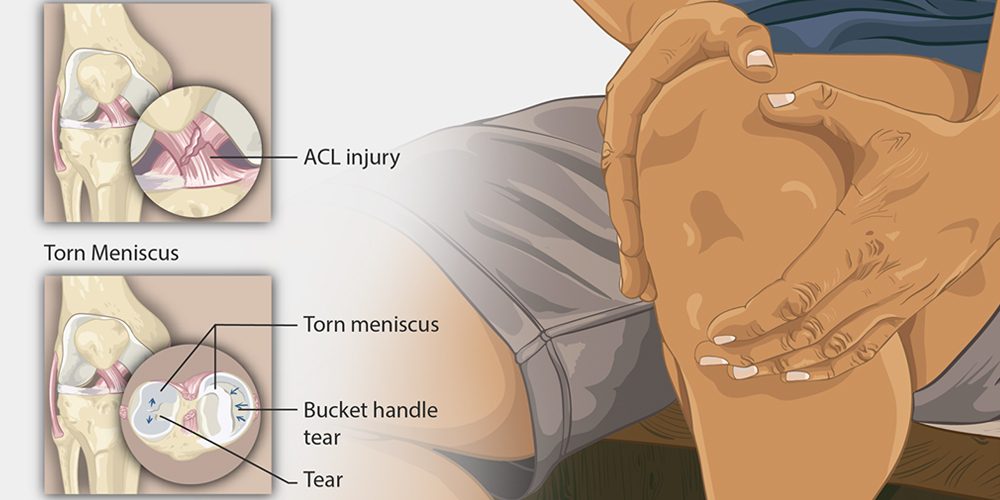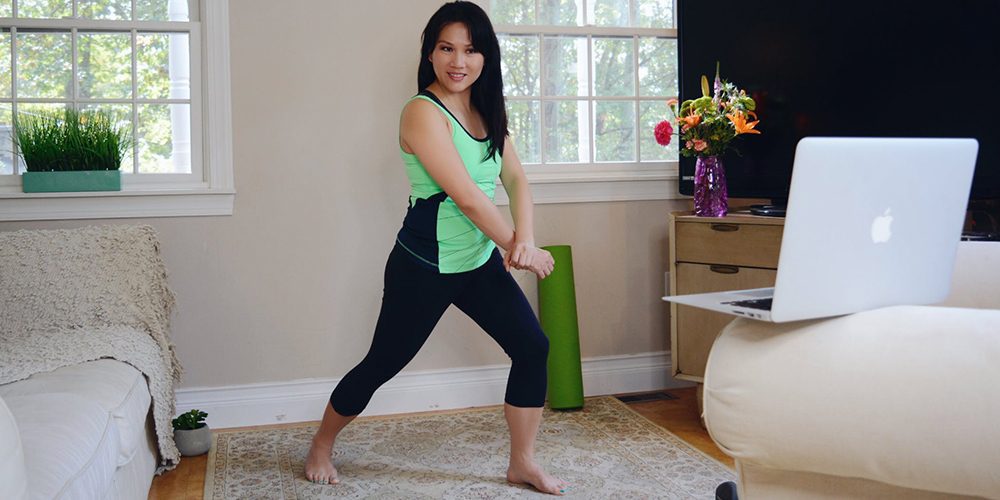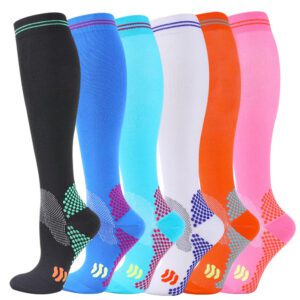You’ve probably heard of corns or calluses. And maybe you’ve even had one or the other. But what are they? They are skin conditions that form when the top layer of skin is exposed to too much pressure, like from your shoe rubbing against it all day long. Corns and calluses can be painful and even make it difficult to walk because they develop on the bottom of your foot where you put most of your weight.
You may not know you have them until someone points out a red, bumpy spot on your feet. The good news is that corns and calluses aren’t hard to treat, but it’s important for you to know how these pesky conditions developed in the first place so that you can prevent them from happening again.
This article is a part of our foot pain series. Please feel free to check more articles on our blog page.
What’s the difference
Corns and calluses are not the same. And while both share similar symptoms and treatment options, there is a difference between both.
- Corns are usually smaller than calluses. They have a hard center that is surrounded by inflamed skin. Corns develop on pressure points of the foot, like where your toe meets the rest of your foot. If you have a corn, it may take some time to ease the pain or discomfort because unlike calluses, corns take more time to grow and develop under the skin.
- A Callus is thicker and larger than a corn and often appears on parts of the feet that are subject to even more pressure, like on the balls of your feet. Calluses can develop faster but are rarely painful.
Symptoms
If you notice the following symptoms, you may have a corn or callus.
- A rough area of skin that is thicker than usual
- A raised and hardened bump under your feet or toes
- Pain under your skin or tenderness
- Skin that feels dry, waxy or flaky
If you notice an increasing state of inflammation or if the corn or callus becomes vey painful you should see your doctor. In case you have any other health condition such as diabetes, poor blood flow or arthritis, please consult your doctor before you try to self-treat the condition. Even a minor injury or mistake can lead to an infection.

Causes
Our feet are under a lot of pressure and the skin on our feet is very thin. Every time your heel strikes the ground when you walk or run or when repetitive actions cause friction or pressure on your feet or toes, your body reacts with a natural defence mechanism. Your body tries to thicken the skin to strengthen it and protect it against the pressure or friction. Corns and calluses can develop or grow.
Sources of pressure and friction include:
- Ill-fitting shoes. Shoes that are too tight or too loose can cause friction on the feet. This friction can lead to corns and calluses, especially when you wear shoes without socks.
- Not wearing socks. Wearing your shoes or sandals without socks causes friction, especially in combination with ill-fitting shoes.
- Wearing socks that don’t fit. When socks don’t fit, they cause friction as well and can cause a corn or callus.
- Repetitive actions that cause friction and pressure. People who are on their feet all day at work, athletes or people who are overweight are at risk of developing corns and calluses because these conditions develop in response to continuous pressure.
- Using the wrong equipment. If you are working in a profession that requires you to use the same equipment every day, it is important to make sure that your equipment fits properly. Improperly fitting work gloves, for example, may cause calluses on your hands.
Risk Factors
We learned that any condition, activity or profession that puts pressure on your feet or increases friction can lead to the development of corns and calluses. While anyone can be affected, people over the age of 65 have an increased risk of developing a corn or callus. Other risk factors are:
- Certain jobs or professions. Farmers, construction workers and gardeners are at risk of developing a corn or callus. If you support your body weight with your hands and feet while working, you may develop corns and calluses more easily.
- The anatomy of your feet and toes. People with flat feet or high arches are also at risk. If your feet roll inward too much as you walk, this can cause a corn and callus and might need to be corrected by using special insoles for your shoes.
- Other health conditions. People who suffer from diabetes, arthritis, poor blood circulation or rheumatoid arthritis are also at risk. The symptoms of these conditions may include pain and inflammation that can cause corns and calluses to form.
- Bunions. If you have a bunion, this can cause pressure and friction on your feet leading to corns or calluses.
- Hammertoe. If you have a hammertoe, this can cause pressure and friction as well that may lead to corns or calluses.
- Bone spurs. Bone spurs are knobby growths that can develop in your feet. When these knobs rub against the inside of your show or a seam, the risk of developing corns and calluses is increased.
- Too much body weight. If you have a high BMI, this increases the risk of developing corns and calluses.
Treatment
There are various options available to treat corns and calluses. Medically products pare down the thickened skin and you can use them from the comfort of your own home easily. However, most of the home remedies share the same ingredient: salicylic acid. This acid dissolves the protein (keratin) that is responsible for the corn and the thick layer of skin. In general, most of the over-the-counter products are safe to use for most people.
You can get these treatments either as applicators, drops, pads or plasters and all of them have the purpose to turn the top of your skin white so you can trim or peel away the dead skin.
One word of warning at this point. Please NEVER try to cut or shave away a corn or callus at home. This can lead to dangerous infections. If you want to have corns and calluses removed, please consult a podiatrist or other health care professional for further help.
If your pain won’t go away or if the corn or callus doesn’t respond to salicylic acid and trimming, a podiatrist can physically pare corns with a scalpel. Additionally, podiatrists can fit you with orthotic devices to redistribute your weight better to prevent corns and calluses for the future.
Only in care occasions surgery is needed. When a corn is surgically removed but the cause is not treated, you’re at risk of developing corns again.

Prevention
Prevention is the best treatment. Here are some tips to help you prevent the formation of corns and calluses:
- Wear comfortable, well-fitting shoes. Shoes that pinch or rub against your skin can lead to the development of corns and calluses. When buying new shoes, wear a clean sock and a thin pair of cotton gloves inside them for a couple hours. If your toes hurt, the shoes are too tight.
- Pad the affected foot or toe. You can cut a pad out of soft cotton material and place it under your toes or around the affected area. You can also buy commercial pads that are made for this purpose.
- Make sure your socks aren’t too tight. Or if they are, loosen them up. Again, be aware of any foot pain after putting on your socks because this could be a sign that they’re too tight.
- Get insoles to cushion your feet. If you work on your feet all day, get insoles for your shoes that are made to reduce the amount of pressure on your foot.
- Check your feet regularly. If you check your feet daily, you can catch corns and calluses before they become a problem. Look for any new ones or changes in the corn or callus you already have.
- Get foot exams every year. All people need to see their podiatrists about once per year, but if you’re more susceptible to developing corns and calluses, this may be something you need to do more often.
- Get the right equipment for repetitive tasks. If you do repetitive tasks on your feet, like standing or walking for long periods of time, try different equipment that can help reduce the pressure. For example, if you’re a grocery store cashier, stand on a rubber mat to cushion your feet. If you paint houses, invest in shoes with good arch support and cushioned insoles.
FAQs
Do corns and calluses spread?
No. Corns and calluses aren’t contagious, so you don’t have to worry about passing them on to other people or to other parts of your own body.
What happens if corn is left untreated?
Untreated corns can lead to severe and potentially dangerous infection. If you don’t treat or remove a corn or callus you may change your posture and body alignment which in turn can lead to other physical problems.
How do podiatrists remove corns?
Podiatrists can surgically remove corns or they can treat them with a chemical that causes the top layer of skin to peel away.
Do corns have roots?
No, they don’t. It’s a myth. Most people ask this question because corns can come back after they’ve been removed. But they don’t come back because of a “root” that was left behind in your skin but because of the cause that still persists. If you want to treat a corn effectively, you always need to change the cause.
Do corns have a hole in the middle?
No. The term “corn” means that there is a hard buildup on the top of your skin, not necessarily that there is a hole in the center.
Does it hurt to have a corn removed?
It’s not a very comfortable procedure, but it is done quickly and efficiently with little to no pain. However, if you have diabetes or nerve damage in your feet, you may feel more discomfort than usual.
What is the best corn remover product?
There really isn’t a “best” corn remover product because most of them share the same ingredient. Just take a trip to the drugstore and ask for help.
The bottom line is that corns and calluses are uncomfortable, painful, and unsightly. You can prevent them by taking the necessary precautions like wearing comfortable shoes or using insoles for your work boots. If you do have a corn or callus already, don’t wait to treat it! Visit our store today to find products that will help to remove pressure and friction. We have various insoles available that cushion your feet, heels or toes and prevent rubbing. Comment below with any questions you may have about this post – our team of experts are here to answer anything!





